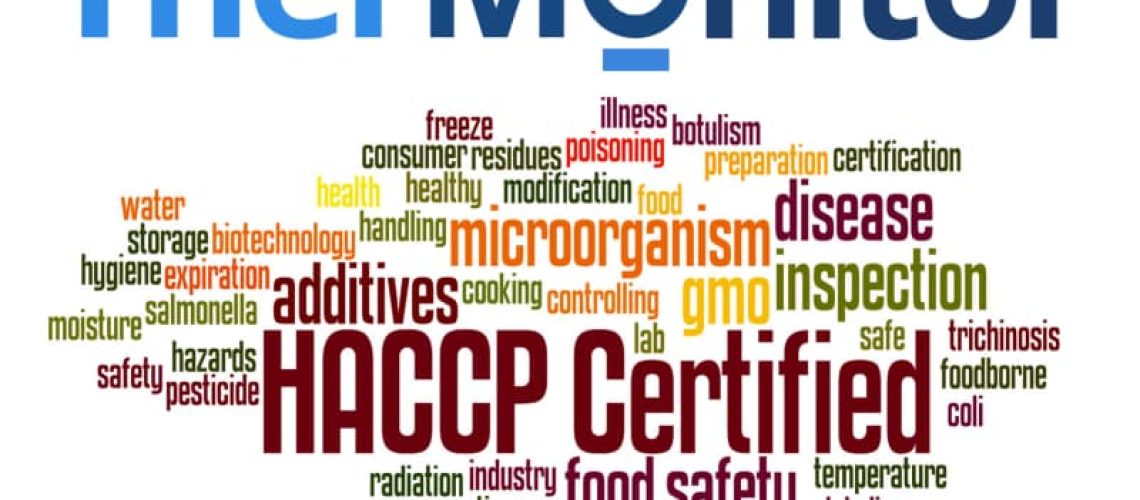Food safety is a critical aspect of any food-related business. Whether it is a restaurant, a food manufacturing company, or a grocery store, ensuring that the food products are safe for consumption is of utmost importance. This is where Hazard Analysis and Critical Control Points (HACCP) comes into play. HACCP is a systematic approach to identifying and controlling potential hazards in food production and ensuring food safety.
HACCP is a preventative system that focuses on identifying and addressing potential hazards before they occur rather than relying solely on end-product testing. It is based on seven principles that need to be followed to ensure effective implementation and maintenance of the system.
The first principle of HACCP is conducting a hazard analysis. This involves identifying all potential hazards that may occur at each stage of the food production process. Hazards can be biological, chemical, or physical in nature. By conducting a thorough analysis, businesses can identify areas of risk and develop control measures to mitigate those risks.
The second principle is identifying critical control points (CCPs). CCPs are points in the production process where control measures can be applied to prevent, eliminate, or reduce a hazard to an acceptable level. These control points could include cooking, pasteurization, refrigeration, or any other step that is critical for ensuring food safety.
The third principle involves establishing critical limits for each CCP. Critical limits are the specific criteria that must be met to ensure food safety. For example, a critical limit for cooking poultry products could be ensuring that the internal temperature reaches a minimum of 165°F (74°C) to eliminate any potential bacteria.
The fourth principle is establishing monitoring procedures. These procedures involve regularly checking and recording data to ensure that critical limits are being met. Monitoring can include visual inspections, temperature checks, or testing for contaminants.
The fifth principle is establishing corrective actions. If a deviation from a critical limit occurs, businesses must have procedures in place to take corrective actions and prevent the unsafe product from reaching consumers. This may involve adjusting processes, disposing of contaminated products, or reevaluating control measures.
The sixth principle involves establishing verification procedures. Verification ensures that the HACCP system is working effectively. This can be done through internal audits, third-party inspections, or testing of samples. Verification helps to identify any weaknesses or gaps in the system and allows for continuous improvement.
The final principle is establishing documentation and record-keeping. It is essential to keep detailed records of all HACCP plans, monitoring results, corrective actions, and verification procedures. These records serve as evidence that the system is being implemented correctly and can be used as a reference for future audits or inspections.
Implementing HACCP in a food business requires commitment, dedication, and ongoing training for employees. It is not a one-time process but rather a continuous effort to ensure food safety. By following the HACCP principles, businesses can identify potential hazards, implement control measures, and monitor and verify the effectiveness of those measures.
Understanding HACCP is vital for anyone involved in the food industry. Whether you are a consumer, a food handler, or a food business owner, knowing about HACCP can help you make informed decisions and contribute to the overall safety of the food supply chain. By adhering to the principles of HACCP, we can ensure that the food we consume is safe, healthy, and free from potential hazards.


